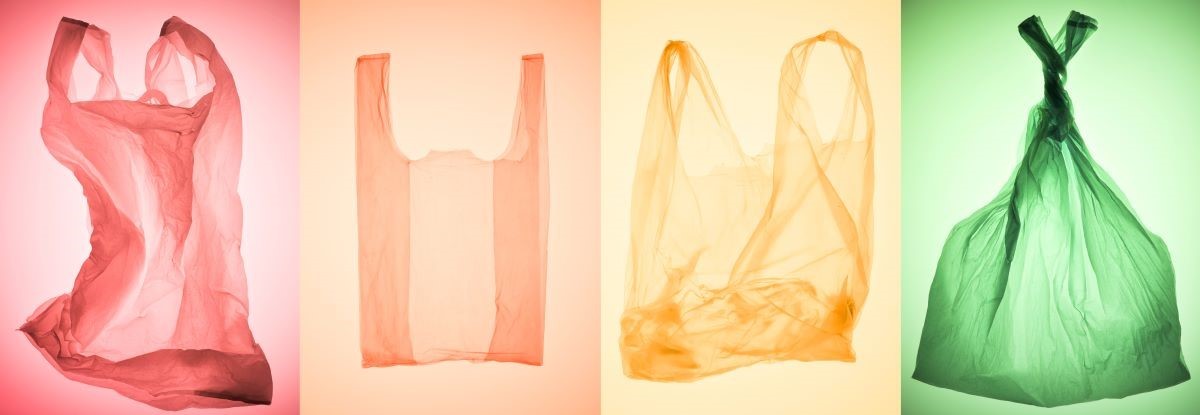Plastics of the past become fabrics of the future
May 10, 2021
Many stakeholders within the apparel industry are looking for innovative ways to make apparel and manufacturing processes more sustainable. As part of this, there is a growing body of research and interest around sustainable materials and lifecycle considerations. For example, engineers at the Massachusetts Institute of Technology (MIT) have found a way to use polyethylene (PE) products to make apparel. This new research and technology could be a way for many companies to use different resources to create new lines of sustainable attire.
Polyethylene is a lightweight and durable plastic that is commonly found in plastic wrap and grocery bags. In the past, the biggest deterrent to using PE for apparel was that PE would lock in water and sweat, therefore holding on to moisture. Through MIT’s new research, they have found a way to produce and weave fibers in a way that absorbs and evaporates moisture more quickly than cotton, nylon and polyester. Therefore, it has the potential to keep consumers cooler because it does not trap heat. Not only is this a new way to make sustainable clothing, but also a great way to tackle waste associated with PE products.
Beyond this, MIT’s research shows that fabrics made using PE products have a smaller environmental impact over their lifecycles compared to fabrics such as cotton and nylon. For example, since fabrics like cotton take resources to grow, farm and treat, dealing with products that have already been manufactured means that they are easier to obtain and require less resources. The dying process of these fabrics has also been proven to have a smaller ecological footprint than the dying process of other commonly used clothing materials. In addition, working with raw PE releases less greenhouse gas, heat, and waste than that of nylon and polyester.
With the rapidly-growing problem of plastics in our oceans, the use of PE materials to make clothing items could help change many aspects of the apparel industry while helping to reduce waste and promote a circular economy. Ultimately, MIT’s research is just one great example of innovative work that can help to promote low-cost, ecofriendly materials in the apparel industry.

